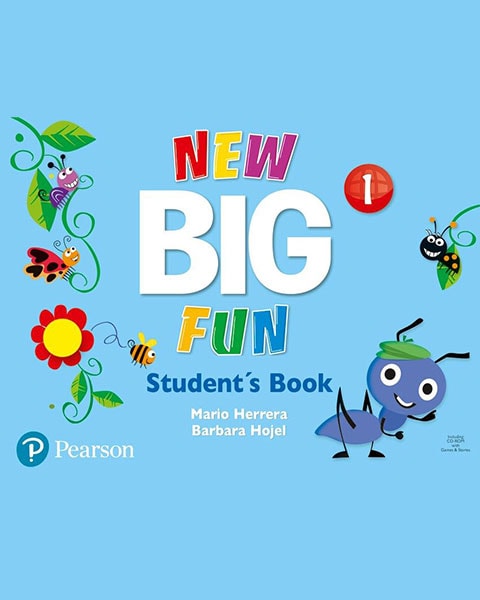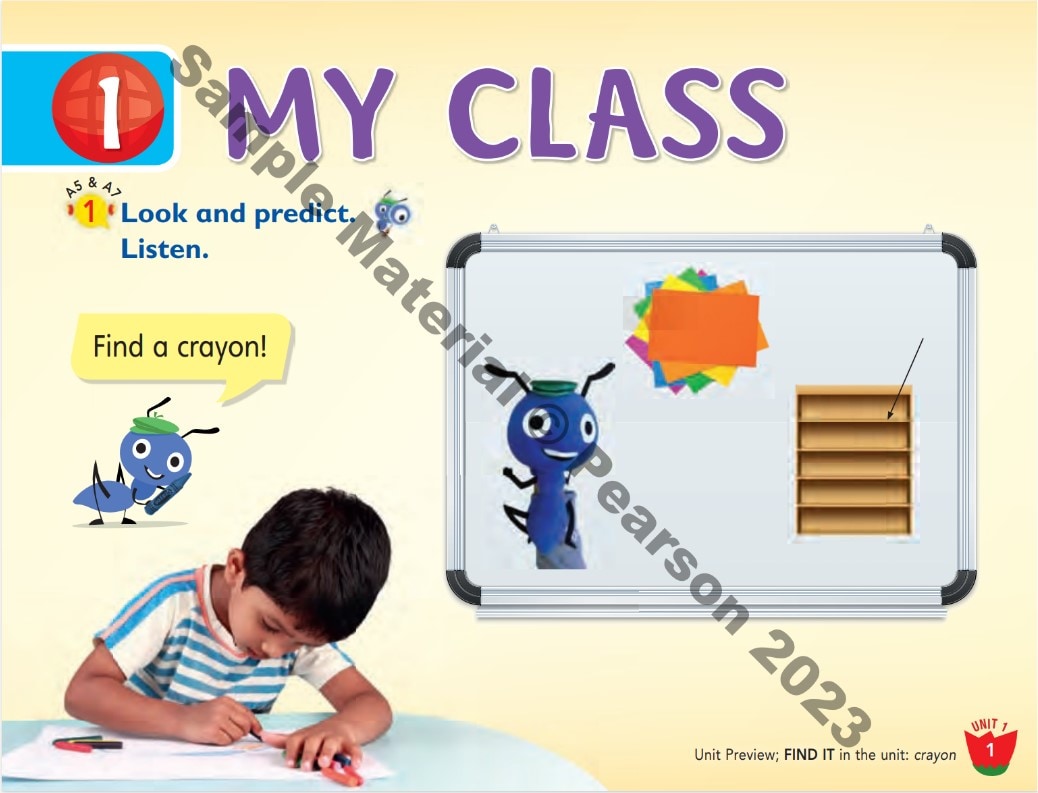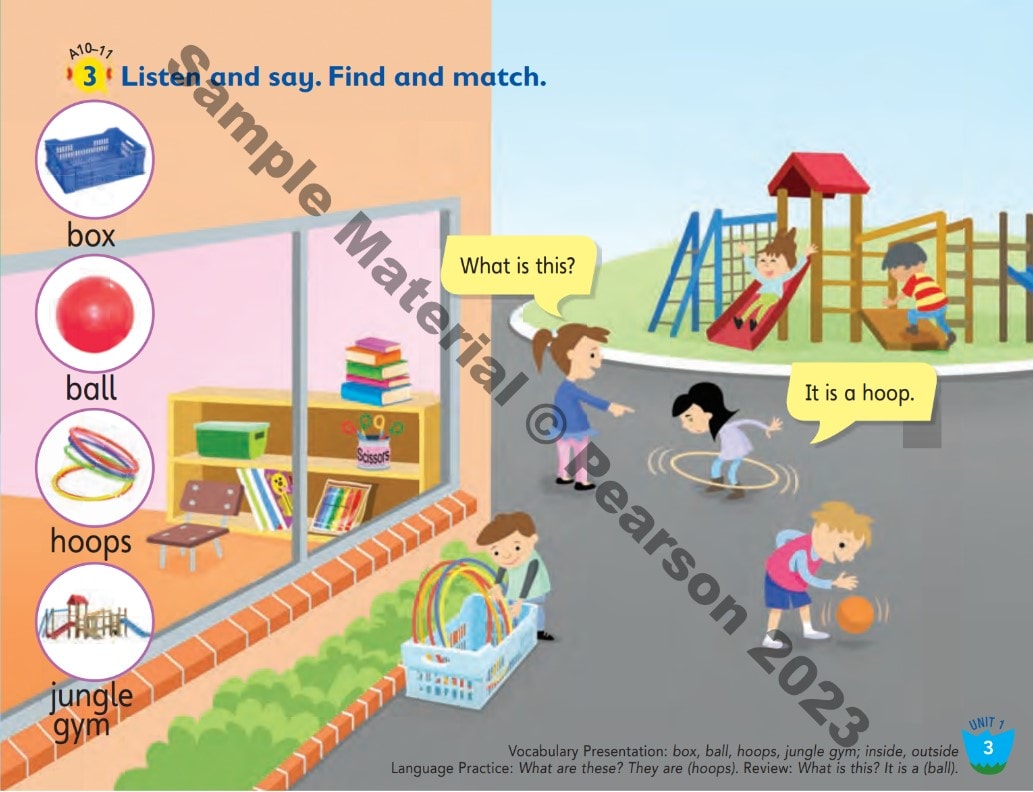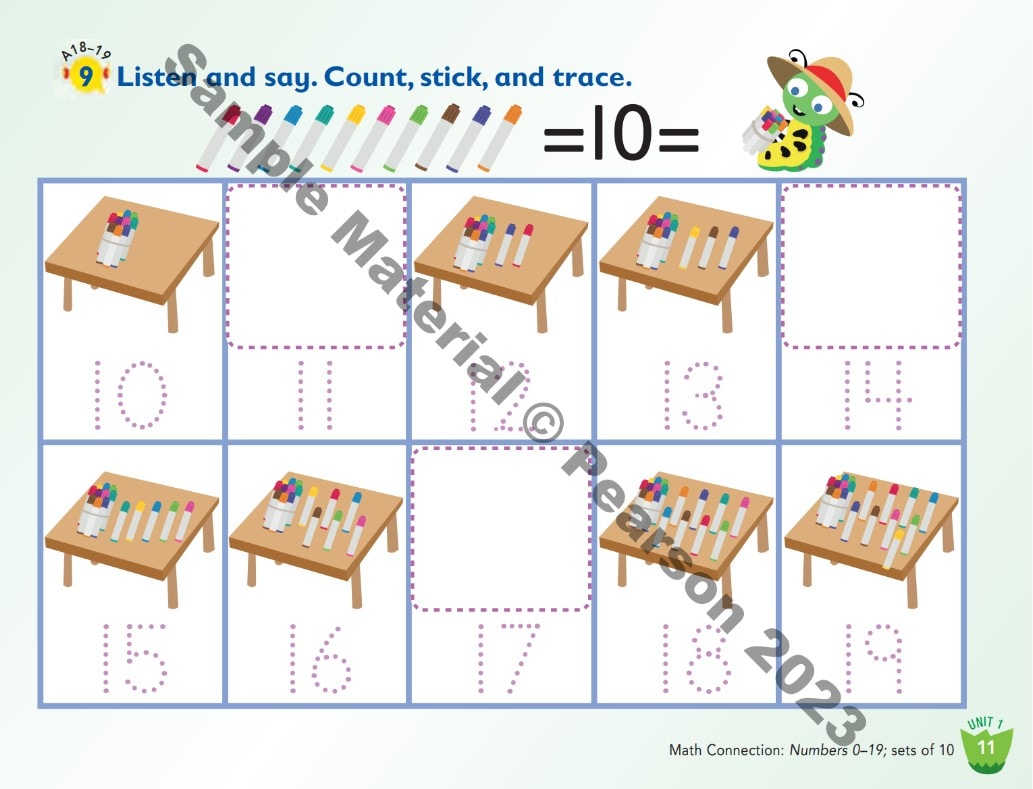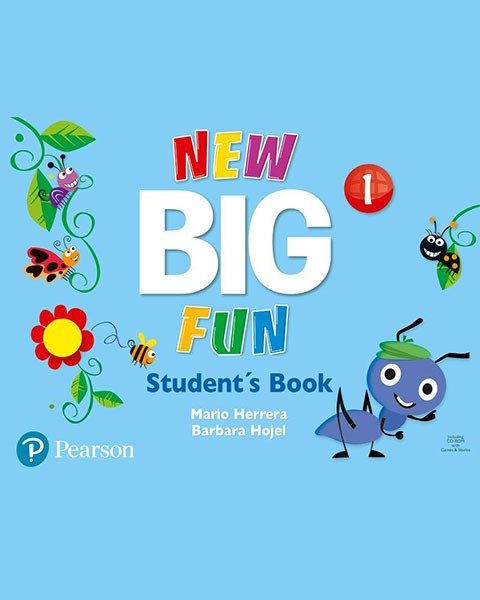New Big Fun
Empower young learners to discover English through activities that build language skills as if it’s their native language, making sure they listen, repeat and begin to speak on their own.
For pre-primary learners American English Print and digital 3 levels GSE: 10-25 CEFR: Pre A1
About the course
Introduce learners to English with creative, engaging pre-primary content, a big start that progresses to any primary English course
Starting with basic vocabulary and language, children learn English in the context of eight engaging themes. A new Big Book brings variety to classroom activities by keeping learners focused through developing various skills and knowledge related to other curricular areas.
New Big Fun supports digital literacy progress and helps learners develop fine motor skills with child-friendly online practice available across multiple devices. The course brings the real world into the classroom through nature topics, part of the Content and Language Integrated Learning (CLIL) approach.
With various video, listening, audio and play activities to keep your young learners engaged, and now with a new digital offering including digital storybooks, online student practice app and presentation tool.
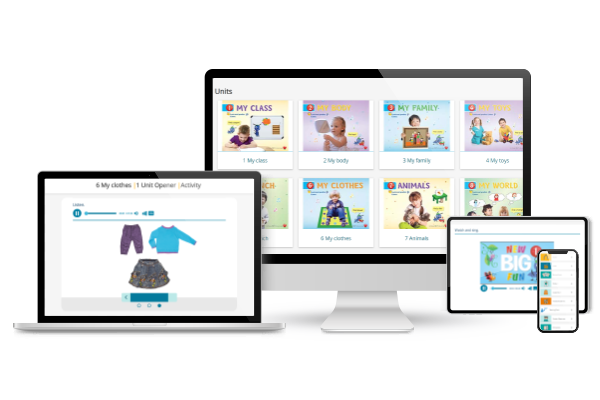
Why choose New Big Fun?
New Big Fun is part of our Pearson English Journey
Fast-track your learners' progress:
- Teach with New Big Fun
- Assess with Benchmark Test – Young Learners
(There is currently no certification for pre-primary learners)
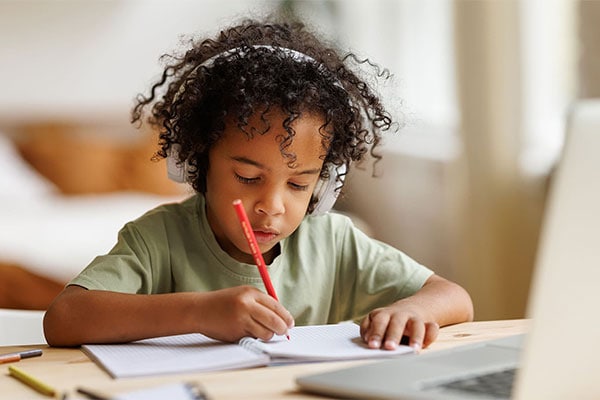
Benchmark Test – Young Learners
This powerful, engaging, interactive English proficiency test provides in-depth reporting across speaking, listening, reading and writing.
Similar courses
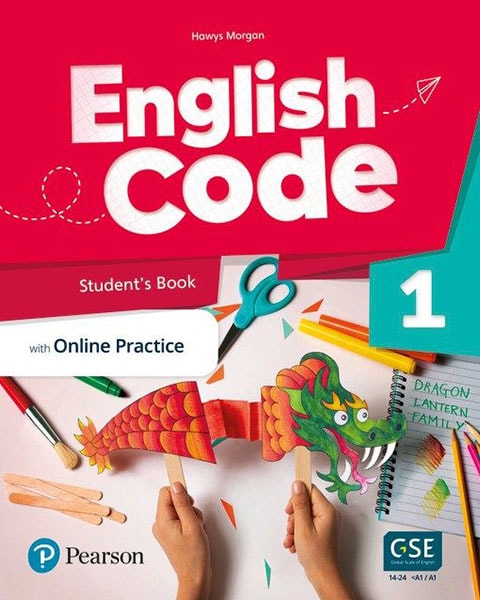
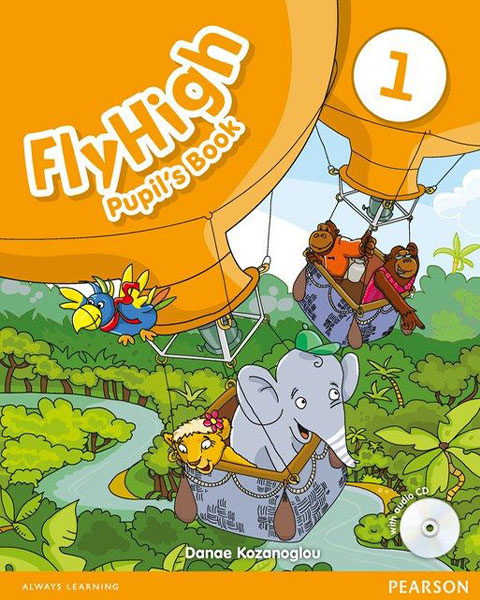
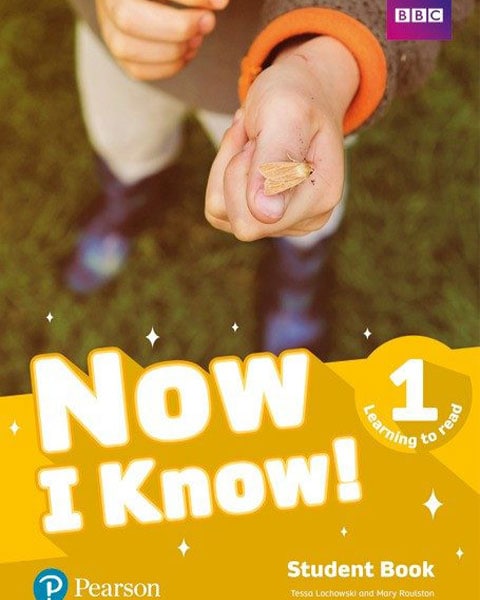
Why learn a language with us?
We believe that everyone should have the confidence to be themselves in any language.

